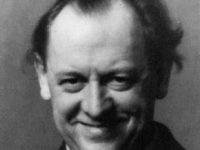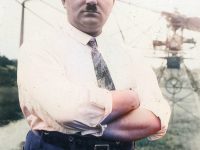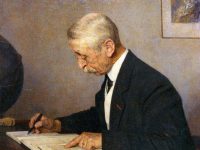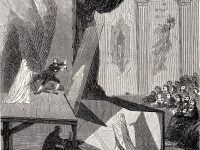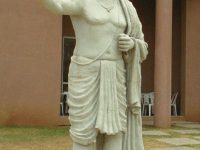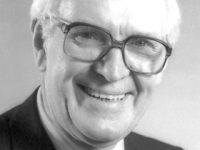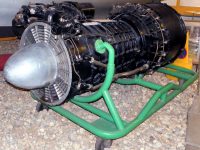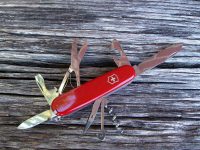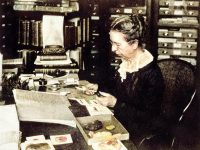Merz Pictures – The Collages of Kurt Schwitters
On June 20, 1887, German artist Kurt Hermann Eduard Karl Julius Schwitters, known as Kurt Schwitters was born. Schwitters worked in several genres and media, including Dadaism, Constructivism, Surrealism, poetry, sound, painting, sculpture, graphic design, typography, and what came to be known as installation art. He is most famous for his collages, called Merz Pictures. “My name is Schwitters, Kurt Schwitters.. .I’m a painter and I nail my pictures.. .I’d like to be…
Read more

